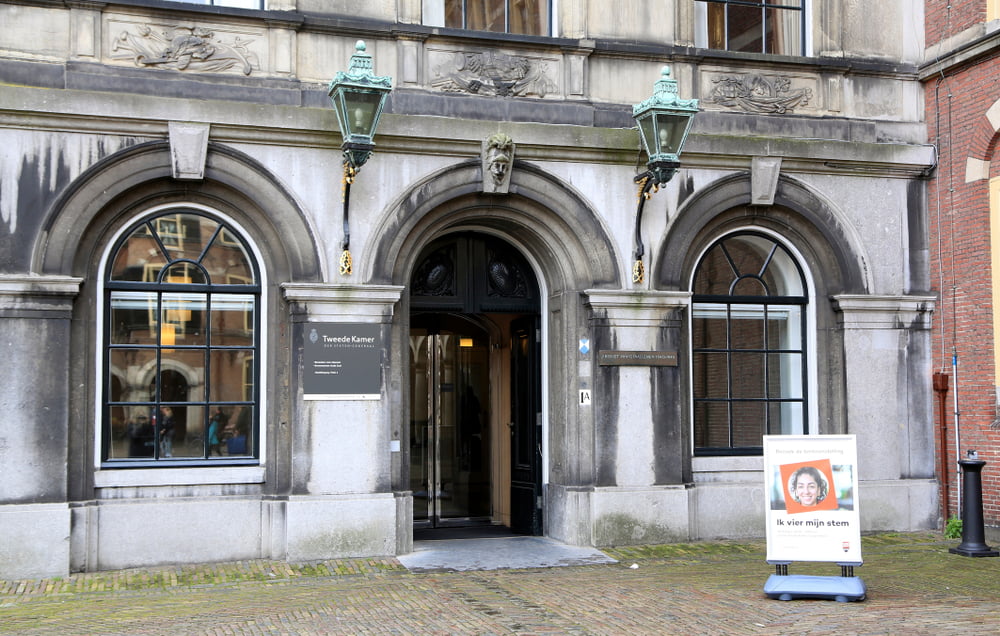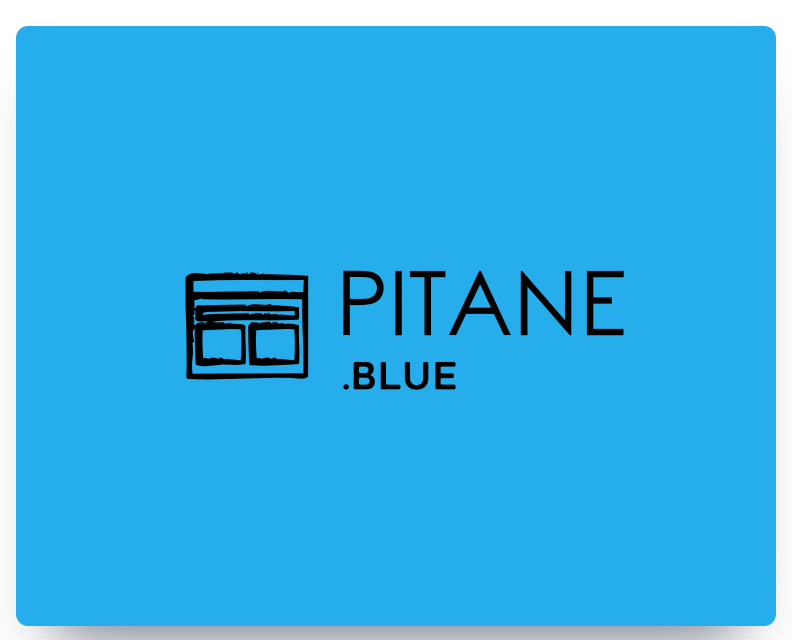The unrest in the taxi market has been sparked again by the arrival of the taxi app Uber and an influx of self-employed people. Attempts to promote quality through a reputation mechanism do not seem to be bearing fruit yet.
The established drivers find the lighter licensing requirements for Uber unacceptable. The authors of the evaluating document understand this. There is currently an uneven playing field.
They recommend "aligning the regulation of both markets, or abandoning the legal difference between the two markets altogether."
The liberalization measures of Tineke Netelenbos.
Twenty years ago, in 1999, the then Minister of Transport, Public Works and Water Management Tineke Netelenbos announced a series of measures aimed at liberalizing the Dutch taxi market. Part of this package of measures was lifting the quotas on the issuance of taxi permits and releasing the fixed rates. The intended purpose of this liberalization was to promote competition on the Dutch taxi market, thereby achieving a price drop and better quality in taxi transport (Tweede Kamer, 1998).
Prior to liberalization, Van Waarden (1998) argued that deregulation would not lead to a better functioning market, as the specific characteristics of the taxi industry prevented competition within the taxi market. For example, he described that there was asymmetric information between taxi driver and customer and that this resulted in inequality of power in the price negotiations.
Liberalizing the taxi market itself was not without a struggle either. For example, the lifting of the quotas caused unrest on the taxi market and even led to a 'taxi war' in Amsterdam between drivers of the former monopolist Taxicentrale Amsterdam (TCA) on the one hand and newcomers to the market on the other.
The taxi market was liberalized in 2000 with the aim of achieving a price drop and higher quality. Due to disappointing results, taxi legislation has changed several times since then. However, the intended quality improvement and price drop have not yet been fully achieved.
Three major challenges for the coming years.
The Dutch taxi market faces three major challenges for the coming years. First of all, a way will have to be found to create a level playing field with regard to the entry market and the calling and ordering market. This can be done by coordinating the regulation of both markets, or by saying good-bye to the legal difference between the two markets. Only then can there be equal competition and a part of the dissatisfaction among drivers will be removed.
The second challenge is to tackle the quality of life problems caused by the taxi market. The stories about taxis, especially in the big cities, paint a picture of annoying driving behavior, heavy traffic and driving around in the city at night to be nearby with a view to the next trip.
The final challenge lies in creating a well-functioning reputation mechanism. The evaluation of the TTO system in Amsterdam shows that it is difficult to introduce such a mechanism on the market. The technology may still offer a solution here. For example, the wider application of low-threshold rating systems, which enable customers to rate a ride, could be considered.
These are summarized the conclusions of Sietse Compagner and Jakar Westerbeer, both advisors at the Kwink group. KWINK group is a research and consultancy agency for social issues.
Also read: New VVR guidelines are still a wax nose




